RARE! WWII New Guinea Campaign 8th Photo Recon Squadron 5th Air Force F-4 Lightning Sawteeth Hills Combat Aerial Photograph

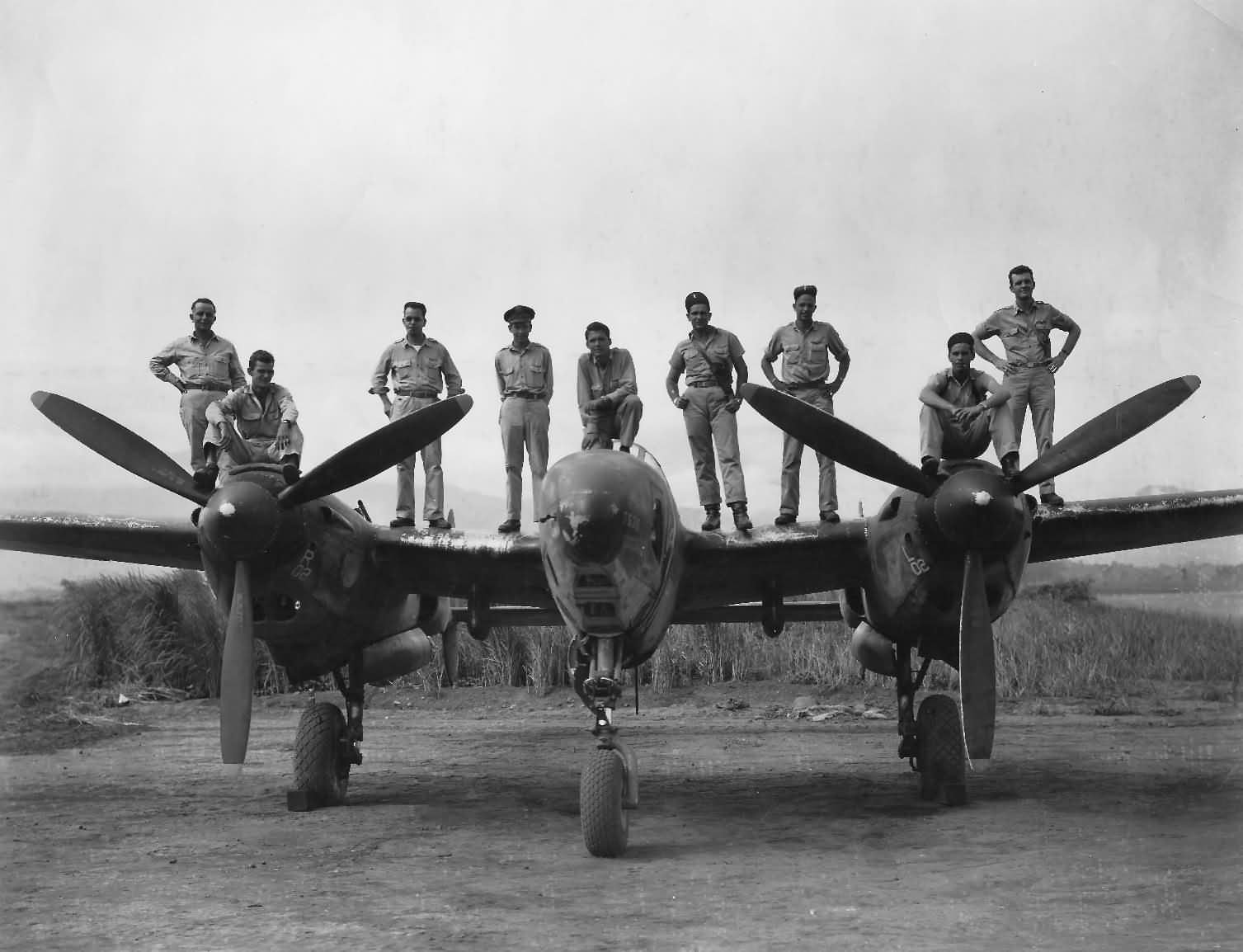



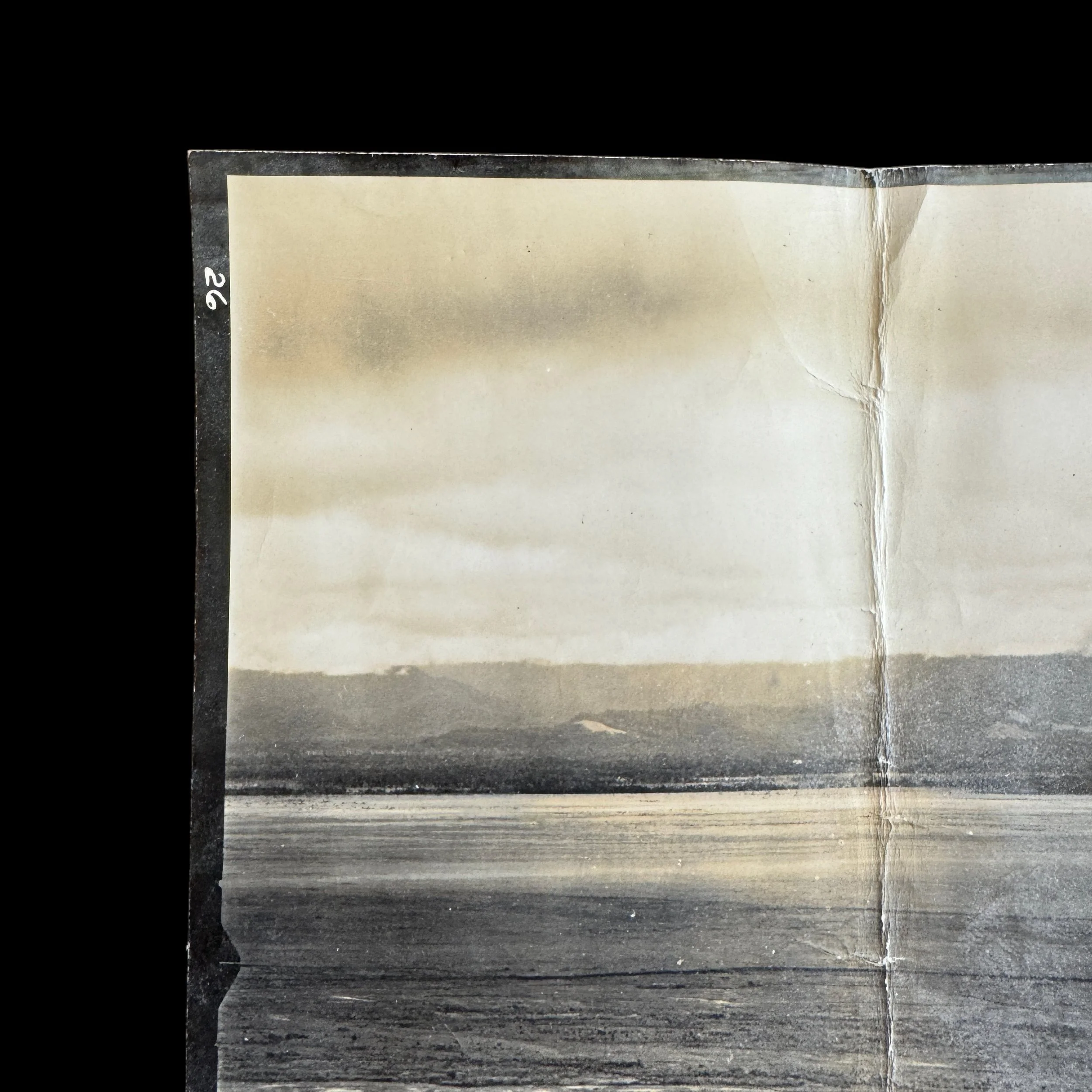



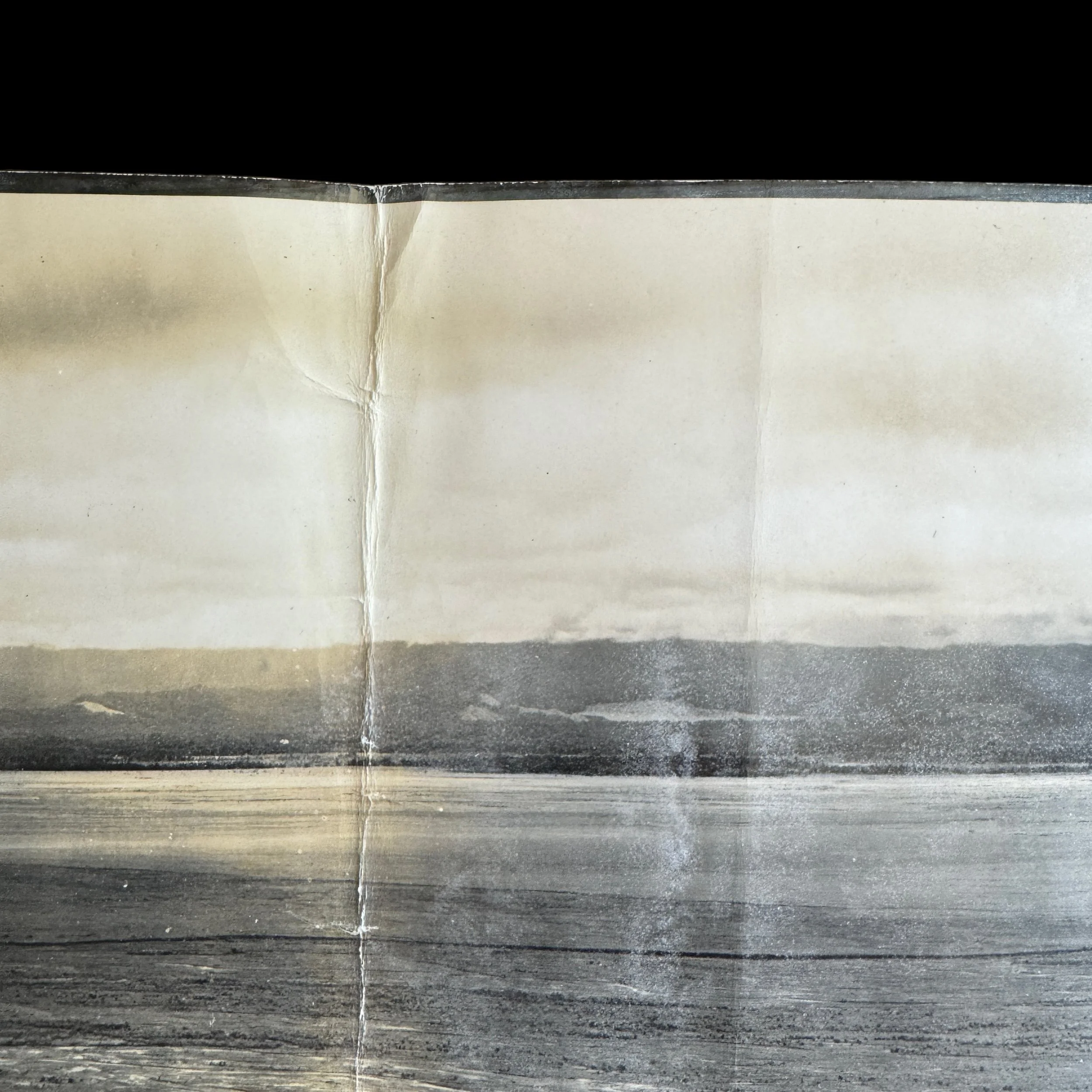


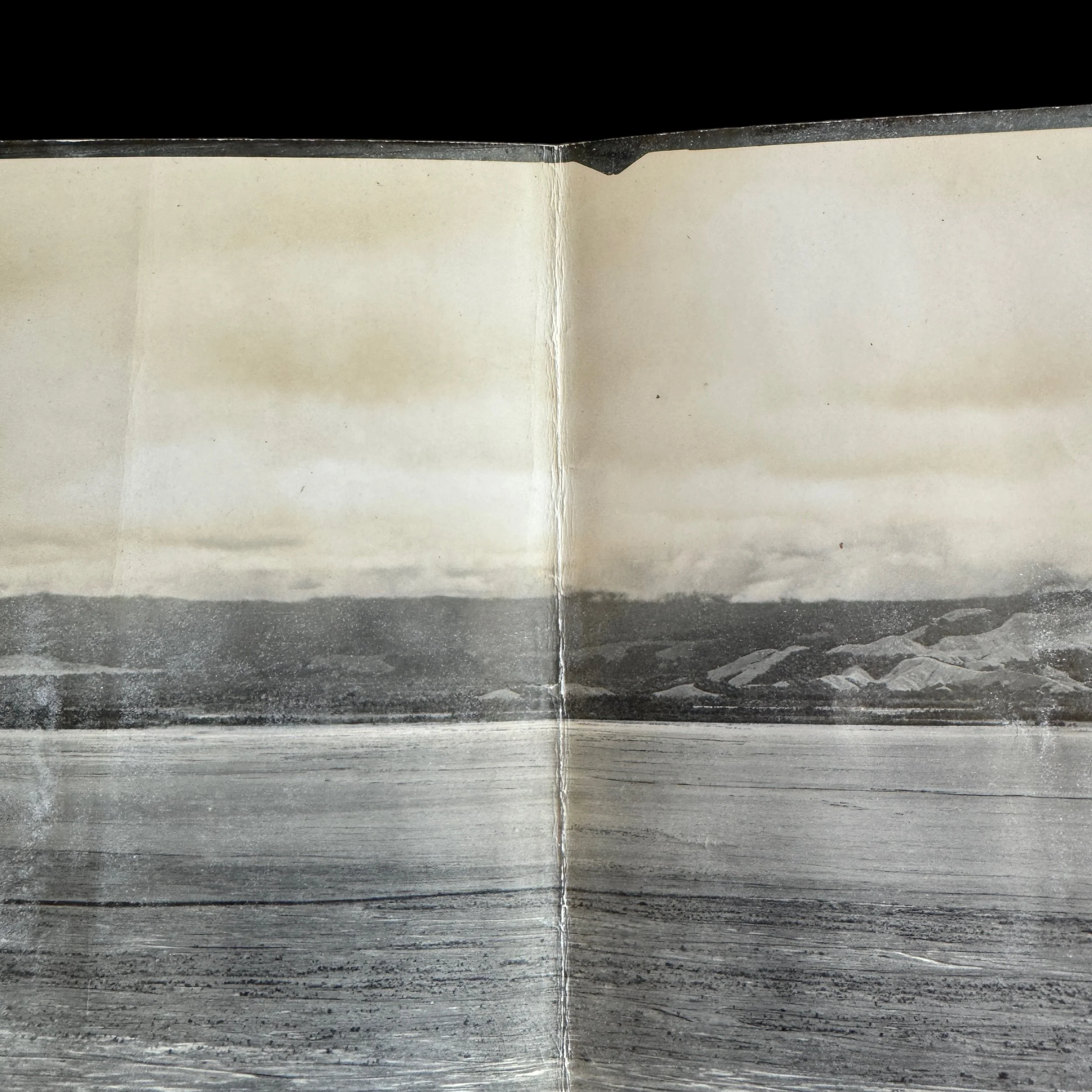
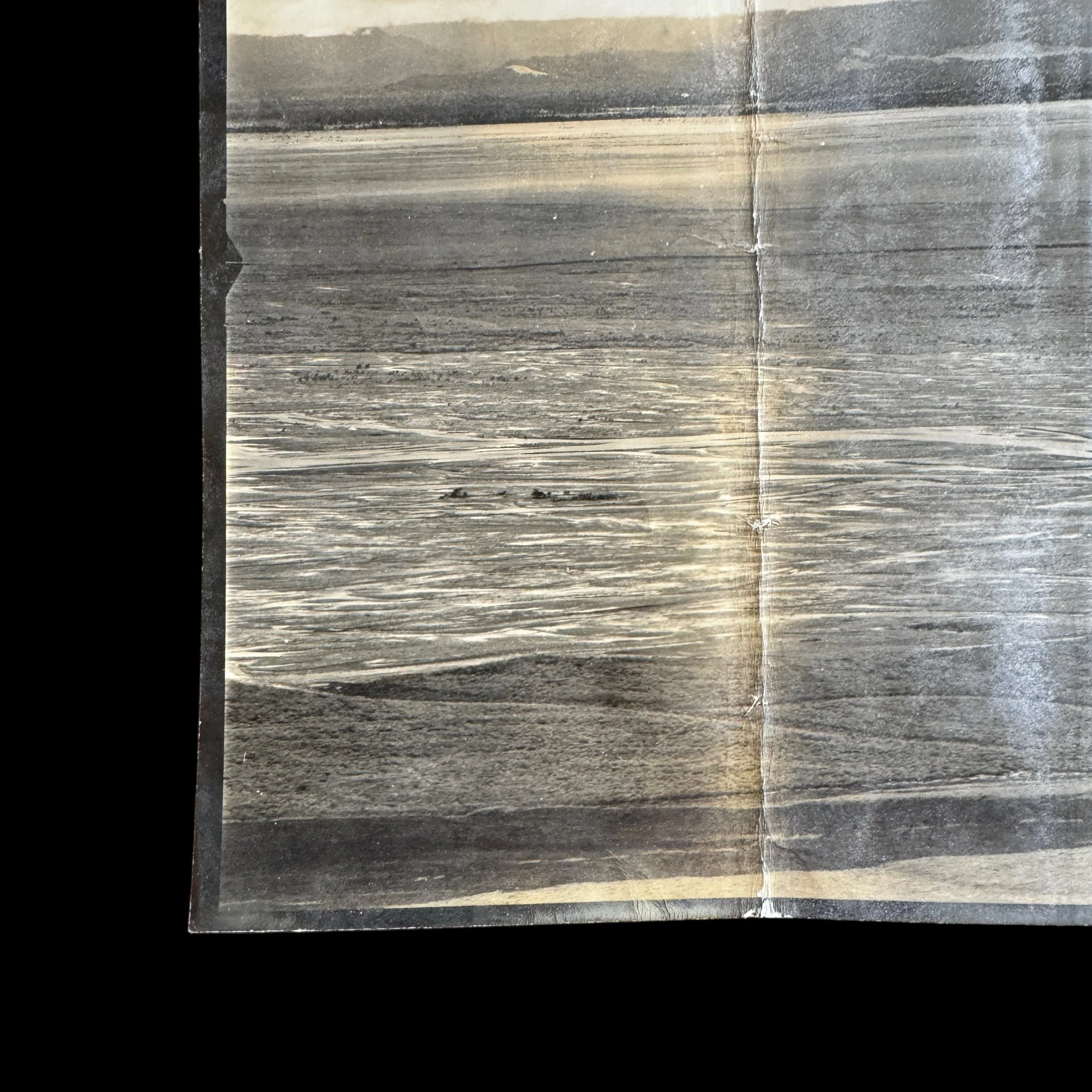

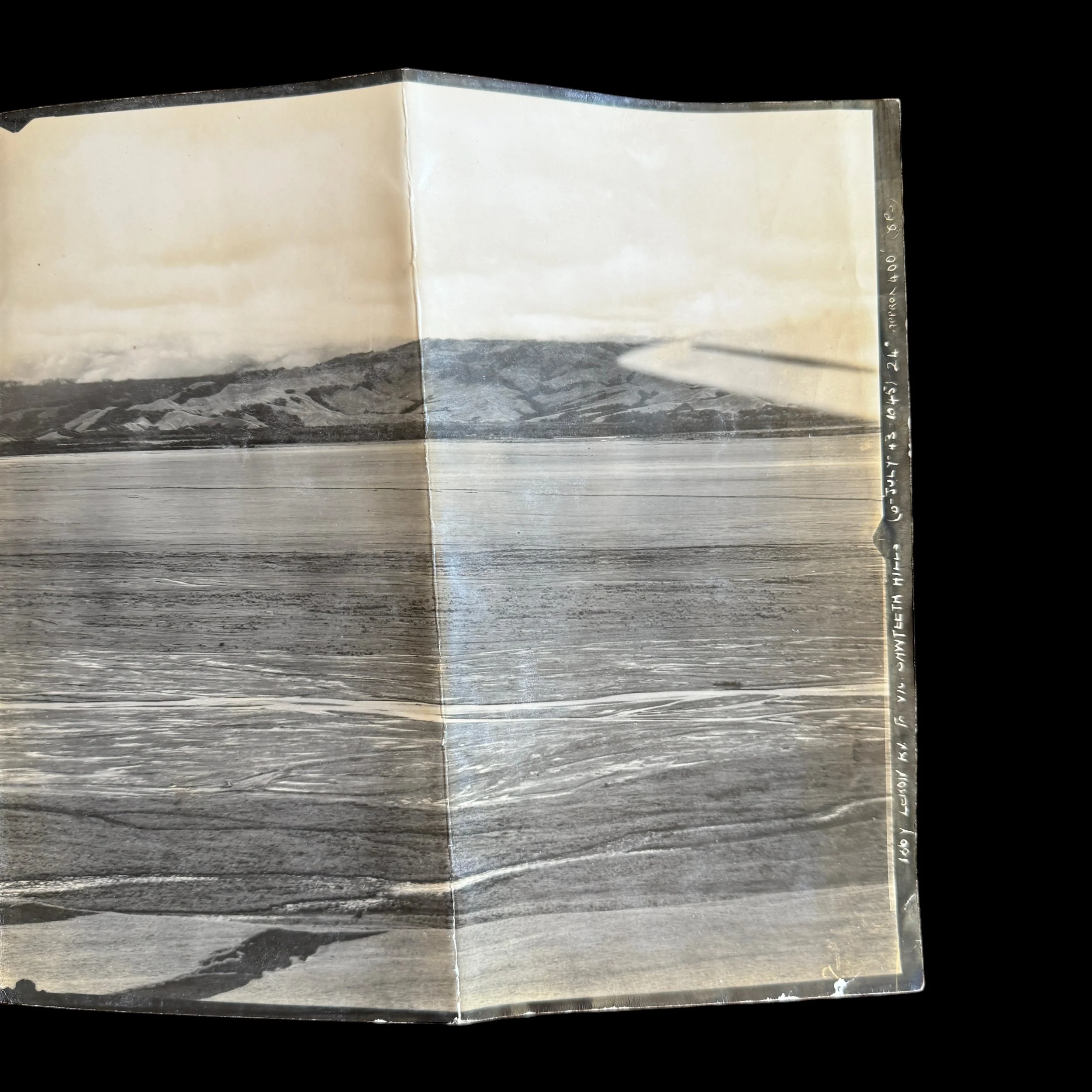
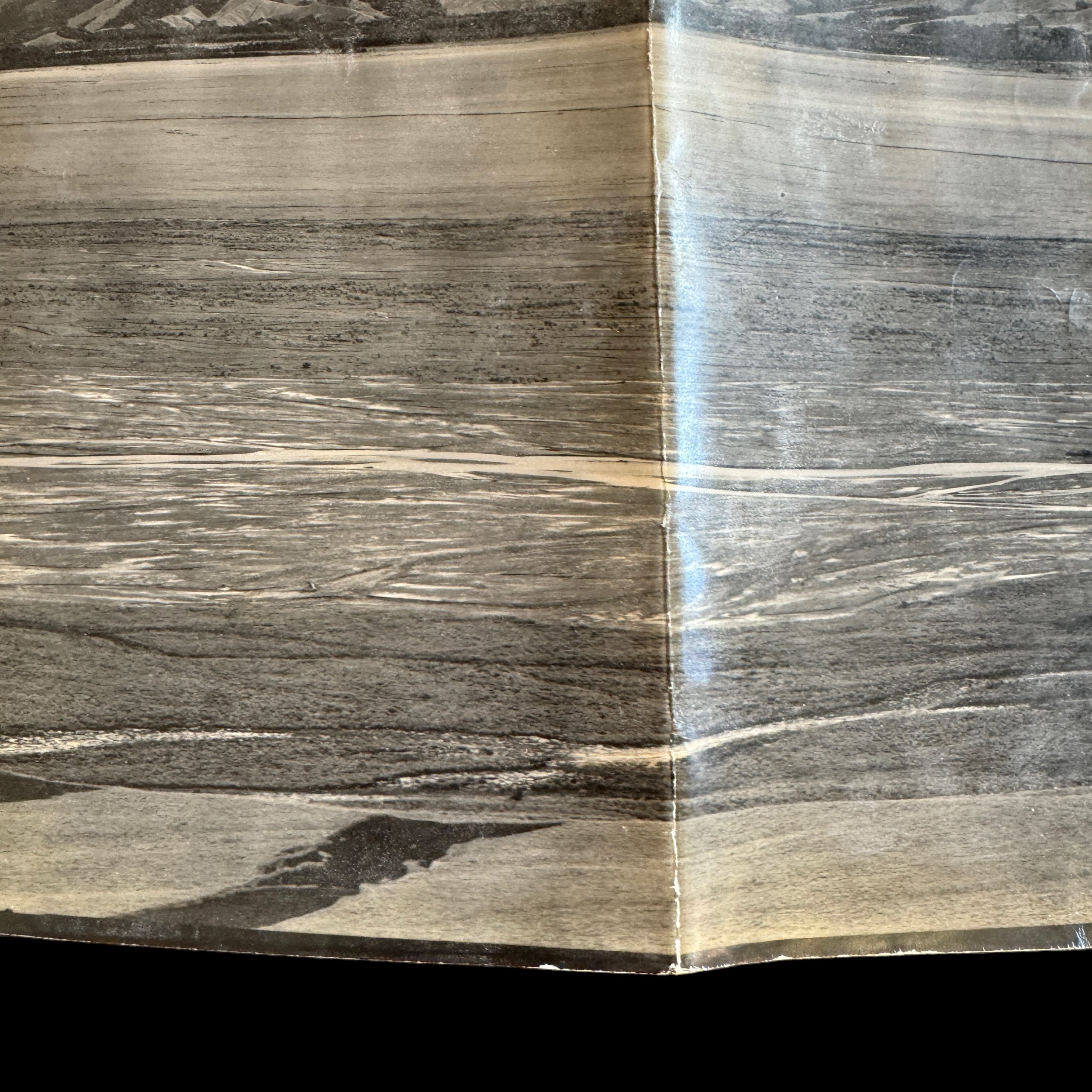



RARE! WWII New Guinea Campaign 8th Photo Recon Squadron 5th Air Force F-4 Lightning Sawteeth Hills Combat Aerial Photograph
Comes with a hand-signed C.O.A.
Original one-of-one “TYPE ONE” photograph used to create secret, confidential and restricted aerial maps and target documentation for combat missions.
This extremely rare and museum-grade WWII artifact is an original “TYPE-ONE” aerial combat photograph (panoramic type) taken by F-4 Lightning pilots of the infamous 8th Photo Reconnaissance Squadron (Eight Ballers) during an aerial mission in the Pacific Theater.
The 8th Photographic Reconnaissance Squadron (8th PRS) operated under the U.S. Army Air Force (USAAF), specifically part of the 5th Air Force and the 6th Photographic Reconnaissance Group (6th PRG). Referred to as the 8th Photographic Squadron, 8th Photo Recon Squadron, or 8th Photo Recon, the unit was initially outfitted with the F-4 Lightning, a specialized photographic reconnaissance variant of the P-38 Lightning. Camera equipment was installed in the nose section in lieu of traditional armaments. Conducting missions above Japanese-held territories and airfields, the squadron captured vital imagery utilized in the creation of aerial maps and target intelligence for subsequent combat operations. These reconnaissance flights were inherently perilous, with pilots often flying solitary missions through adverse weather conditions and challenging navigation circumstances. While over target areas, pilots maintained a steady flight path at lower altitudes to ensure high-quality photographic results, braving risks such as anti-aircraft artillery and potential interception by enemy planes. In later operations, F-4s received protective escort by armed P-38 Lightnings to enhance their defensive capabilities.
The 8th PRS, also known as the 8th Photo Reconnaissance Squadron, earned a renowned reputation for its exceptional service during campaigns across various regions including the East Indies, Japan, China, Papua, Guadalcanal, New Guinea, Northern Solomons, and Bismarck.
Background of New Guinea Operations
The New Guinea Campaign, which lasted from January 1942 until the end of the war in August 1945, was a series of battles fought mainly on the Papua New Guinea mainland but also included several surrounding islands. The campaign was primarily conducted by the Australian and U.S. forces, with additional support from Dutch and indigenous troops. The objective was to repel the advancing Japanese forces, who had begun their invasion as part of a broader strategy aimed at isolating Australia from the United States and establishing a strategic barrier in the Pacific.